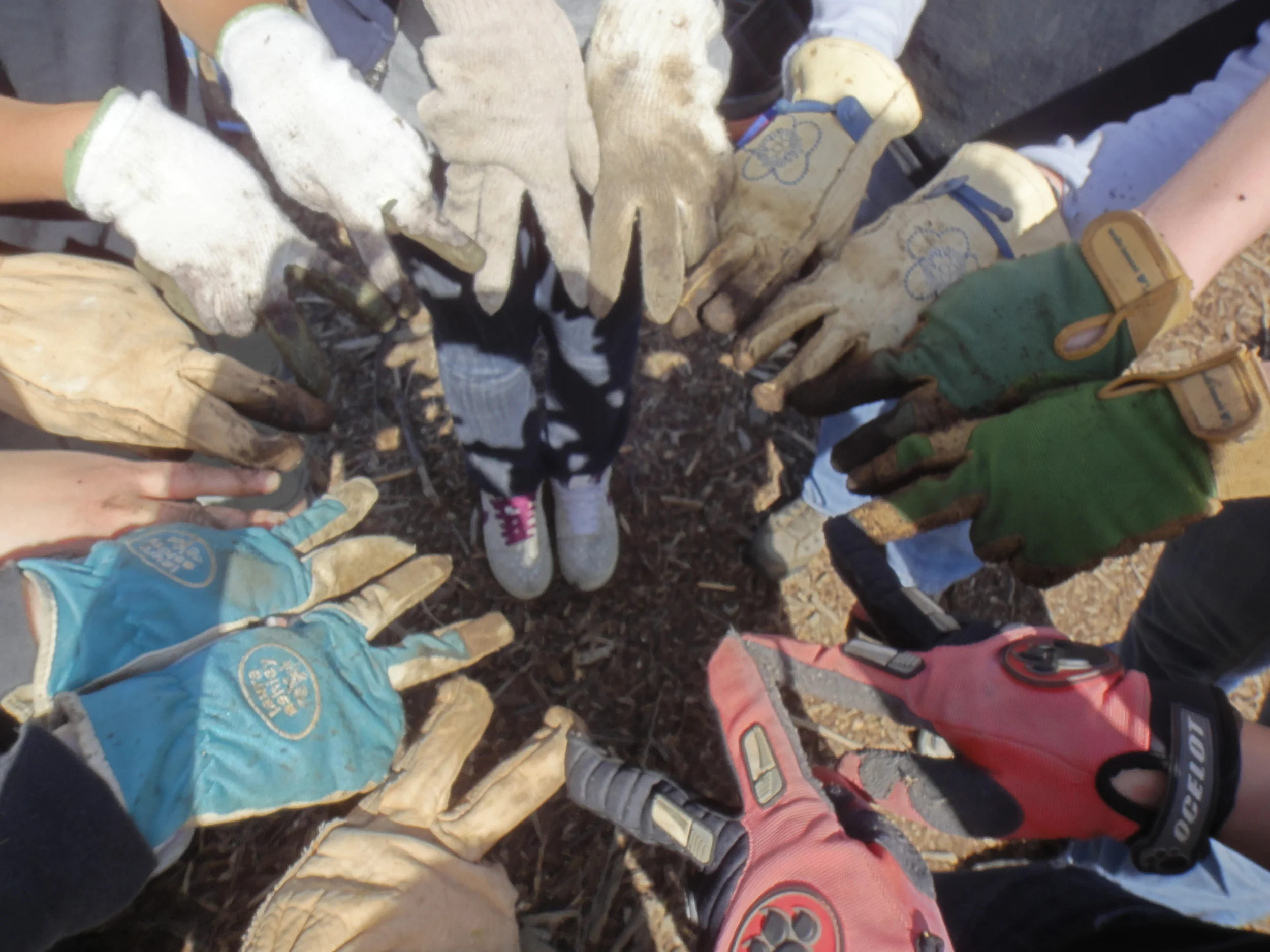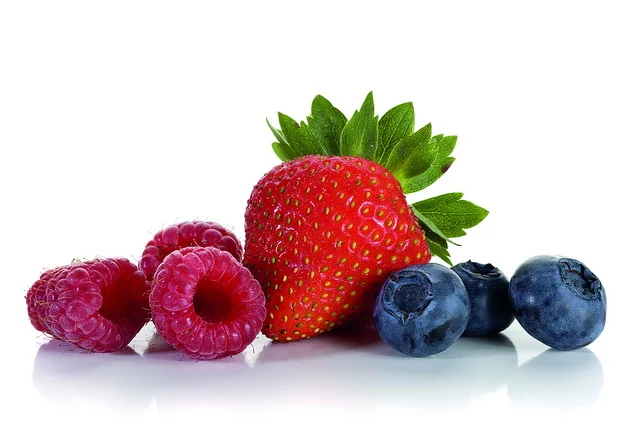Welcome back to the Our City Forest blog. If you’ve been following our posts on Facebook, Twitter, Reddit or Instagram you’re probably aware that there are Big Things(TM) happening at our Community Nursery. Chief among them is the Earth Day-adjacent Spring Plant Sale this Saturday but there are other things planned, including workshops, lectures, and educational stuff for kids. In spite of the ongoing avalanche of activity at the Community Nursery, most people don’t seem to understand what it is. Legitimately, people are confused. Thankfully, you have me to ride in on a white horse with an explanation and jaunty smile. Here’s everything you need to know about the Community Nursery.
With spring and summer come farmers markets and a wide variety of fruits and vegetables. In the next two months, berries of a ton of different varieties come into season including, strawberries, raspberries, blackberries and blueberries. Well, I say berries but really only one of the berries mentioned is actually a berry. Guess which one? I’ll wait. As the narrator of a blog piece about botanical fruit varieties I have infinite time.
Give up?
‘Epiphyte’(“epi” = on top of; “phyte”= plant in Greek), is a fancy-sounding term for a plant that spends most or all of its life living on another plant, usually on a tree . You might think that an epiphyte is a parasitic plant, but it is not! These plants only use the tree as a support system and take no nutrients from the tree itself. They instead rely on rainwater to carry nutrients down tree bark or on collections of soil and detritus in the crotches of branches. Epiphytic plants are represented throughout the plant kingdom, including non-vascular plants (mosses, liverworts, hornworts) and vascular plants (plants that can conduct water).




